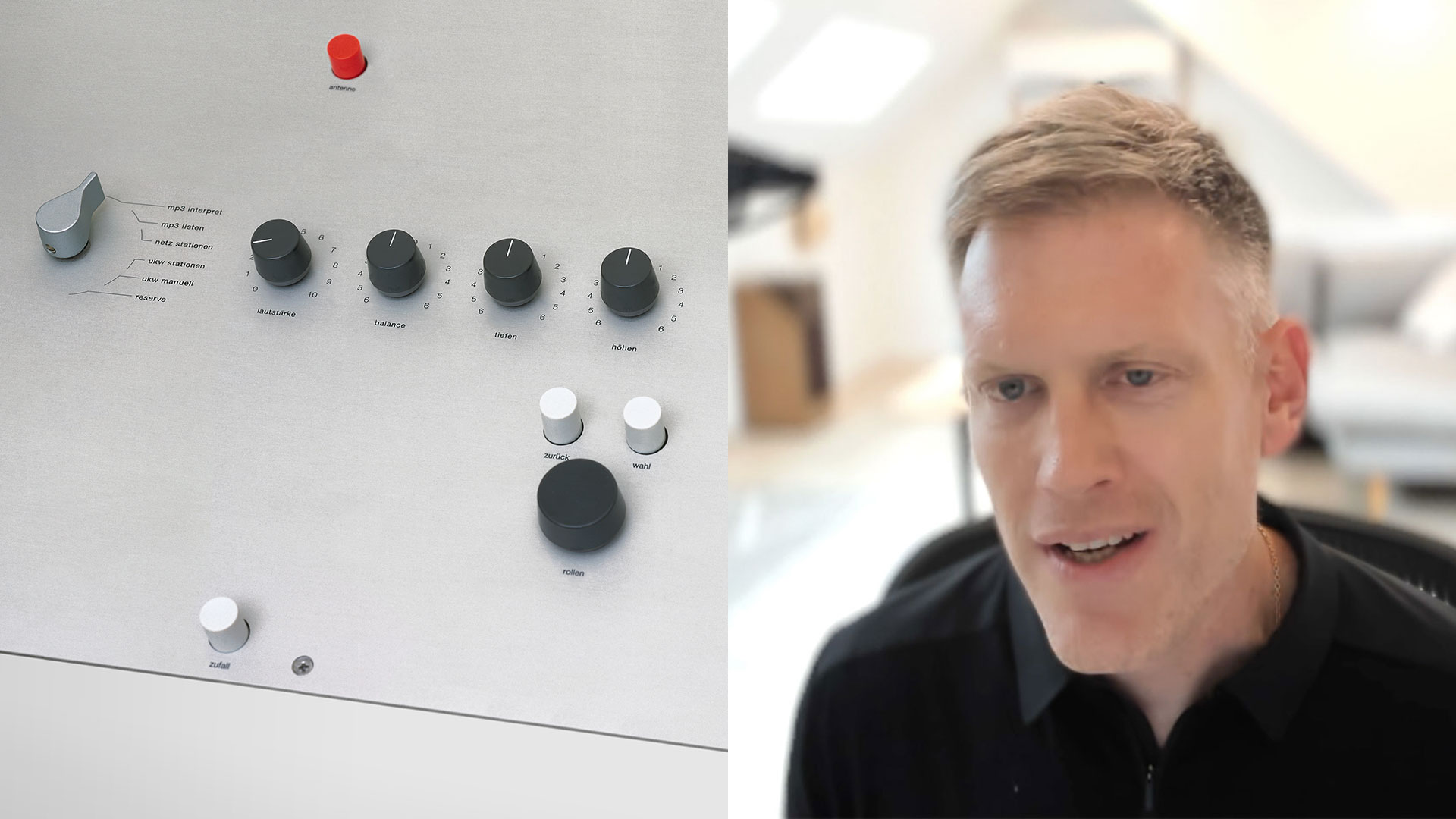Over the last few months, I’ve talked a lot about multimodal UI, AI-native design, and automotive interfaces. Each demands seeing around corners and into the future—so what if we bring that mindset to the sites and apps we use every day?
We’re entering a new design era—one where digital experiences will have a deeper resonance with our needs as humans. The result won’t just affect how UI looks, but how it works and responds.
What’s it called? I’ll let others decide. For now, I see three forces driving it: Physicality, Multimodality, and a timely dose of Calm.
Here are three trends that signal how interface design will evolve—and how they’ll reshape our relationship with technology.
1. Physicality: Designing with Tactile Intent
Digital interfaces are regaining a sense of physical presence. We’re seeing more depth, texture, shadows, and motion, creating interactions that feel tangible and engaging. The aim is to bridge the gap between digital and physical worlds, making experiences more intuitive.
Example: Airbnb experimented with this—though not flawlessly—and Apple still has accessibility work to do throughout its “Glass” design language. Success hinges on holistic execution only where it truly adds value.
2. Multimodality: Embracing Diverse Interaction Methods
The future lies in interfaces that combine voice, touch, gesture, gaze, and more. Multimodal design lets users interact naturally and flexibly, boosting accessibility and satisfaction.
Example: I’ve praised Nio’s Nomi AI–powered interface for it's inventive way to work across voice, touch and visual interfaces. Another is BMW’s upcoming autonomous-driving experience which is initiated via driver's glance and light steering input. Those two different inputs initiate an automatic lane change while the vehicle visually confirms the move.


3. Calm: Minimizing Cognitive Load
As information overload grows, calmer experiences will matter. Interfaces should surface only essential information, letting technology fade into the background when it’s not needed. Lower cognitive load means more mindful, focused use and supports digital well-being.
Example: While designing the Cadillac OS, we revisited Saab’s 1990s Night Panel, which dimmed all interior lights except the speedometer. Cadillac’s “Clean” mode in the Lyriq revives that idea, and it’s now my favorite way to experience the car.
Looking back it’s clear that the trajectory of UI design is unmistakably human. Looking forward it’s also clear that we’re entering a future where digital experiences feel more alive, more responsive, and more attuned to who we are and what we need in the moment. As designers, technologists, and strategists, our task is not just to keep up with this transformation, but to shape it—deliberately, ethically, and artfully. I believe the interfaces of tomorrow won’t just be tools; they’ll be companions—subtle, intelligent, and profoundly human.


No Comments.